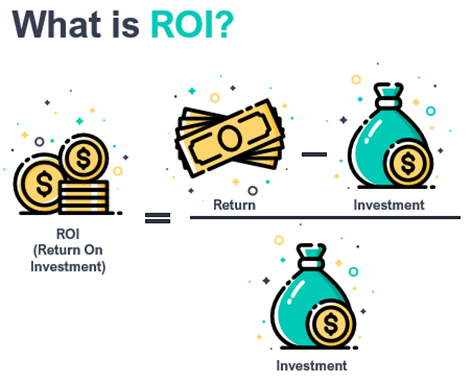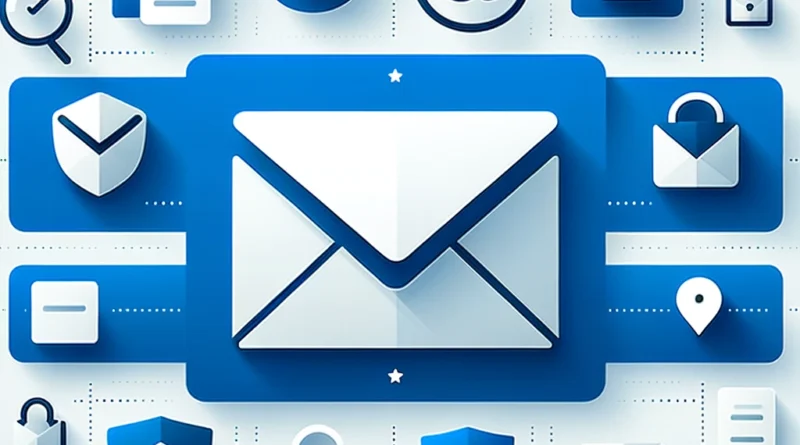Unpacking the Essentials of New Email Protocols from Gmail and Yahoo
If your sending volumes are low (under 5,000 in a day) then these new standards won’t apply to you. However these are considered best practices, so it is recommended that any commercial email sender adopts these new standards regardless of volume.
So what are these new standards?
- Senders must set up email authentication.
- One-click unsubscribe must be made available in every message.
- Spam complaints must be consistently kept under 0.1% across all emails and temporary spam spikes can reach no more than 0.3%.
Let’s break each of those standards down.
Email Authentication
Email authentication explains who you are to the people you are emailing so they know you are a trusted sender. Think of it like a driver’s license or state ID. There are three elements that go into it:
- DomainKeys Identified Mail (DKIM) is a text file that shows an email authorization.
- Canonical Name (CNAME) is a text record that connects an alias name to a true name. For Generation Z, think of something that says that Lady Gaga is Stefani Germanotta, or for us older folks, that Richard Bachman is also known as Stephen King. In website terms, it says that website.com is the same as www.website.com.
- Domain-based Message Authentication Reporting and Conformance (DMARC) policy tells email clients that your email messages are protected by SPF and/or DKIM and what to do with any email that says it comes from your domain but does not show the correct credentials. DMARC policies can be lax (p=none) meaning that if an email does not pass the SPF or DKIM, the server takes no actions or stringent policies (p=reject or p=quarantine). It is recommended by most email clients to use a stronger DMARC policy of reject or quarantine. A DMARC policy of reject will block any message that does not pass the SPF or DKIM check, and a DMARC policy of quarantine will send any message that does not pass the SPF or DKIM check to the spam or junk folder.
It sounds like a lot and might not make sense, but together these records help mitigate phishing attacks, and make you a more trustworthy email marketer. This helps your email messages, which are trustworthy, land in inboxes and separates you from the riffraff that should be sent to the spam folder.
Don’t panic! You shouldn’t have to navigate the setup for all of these items yourself. Any good email marketing tool, like the one within the CannaBizCental Media Cannabis Market Intelligence Platform , should help you get everything in order. That’s why it’s so important – especially now! – to pick an email marketing platform that offers real, live support to help you navigate this ever-changing landscape with the best ROI.

One-Click Unsubscribe
Requiring a way to allow contacts to opt-out has been an element of the CAN-SPAM Act of 2003, CASL, and GDPR for many years. This change simply ensures that the unsubscribe process is even easier and opt-out requests must be processed within 2 days. (The previous requirement was 10 days for the CAN-SPAM Act of 2003 and CASL, and 30 days for GDPR.)
Most email marketing tools automatically incorporate an unsubscribe link at the bottom of emails sent through their platform in order to comply with commercial email laws. If yours does not, it’s definitely time to switch! Or at a minimum, ask them how they are complying with these new requirements from email clients to make sure you are protected.
For all of you that have “Reply with “NO” if you are not interested in this service” instead of an actual opt-out link or try to hide the link by making it white, take note! If you don’t change your ways you will soon see your email reputation plummet and your spam complaints spike.
Monitor Spam Complaints
A spam complaint is when the recipient of your email manually marks your email as spam. This gets reported back to email clients, who use spam complaints to tell when someone is sending content that people do not want.
While email clients generally do not care about how many people unsubscribe from your emails, they do care about how many people mark your email as spam. To give you an idea of how seriously they take spam complaints, these new requirements mean that your overall domain spam rate can be no more than one spam complaint for every 1,000 emails sent (0.1%), and spam spikes can result in no more than 3 spam complaints for every 1,000 emails sent (0.3%).
Here are a few things you might be doing that generate spam complaints:
- Sending emails to recipients who did not opt-in to receive communications from you.
- Sending emails to gigantic distribution lists without any sort of segmentation to break them into smaller, more targeted groups.
- Sending the same generic content to everyone on your list without personalization that speaks to that particular segment.
- Continuing to send emails to recipients who have not engaged with your content over the last few campaigns.
The best way to monitor your spam complaints through Gmail is to set up Google Postmaster Tools. This not only gives you a way to track spam complaints for your emails sent to Gmail and Gmail Workspace users but also allows you to check your domain reputation. The higher your domain reputation is, the more likely it is that your emails will go into the inbox as opposed to the junk or spam folder – even if there happens to be a couple of spam triggers in the content. Think of it like a credit check for sending commercial emails.
Again, a good email marketing tool should be monitoring domain reputation (YOST) alongside you to help identify problems and make recommendations.
Key Takeaways
While these requirements are new, the thought behind them is not. An email inbox belongs to the user and we are simply guests asking for a bit of their time and attention. Email clients are responsible for serving and protecting their users from unwanted guests, and that means keeping unwanted emails out of their inboxes
So what happens if you are a bulk sender and do not adopt these practices? Expect your emails to be blocked outright or at a minimum be directed to the spam folder where they will never see the light of day. In short, your email marketing program will come to an abrupt end.
Even if you are not a bulk sender (<5,000 emails/day), while you do not have to adopt these practices, setting yourself up proactively ensures that you are ready to go when your program grows to bulk sender status.
It is completely understandable to be overwhelmed by these new standards (not to mention the rest of the long list of requirements for successful and lawful email marketing)! Your best bet is to partner with a good email marketing platform that gives you the support you need to succeed. Consider Excelligenix Media for email marketing and customer acquisition and nurturing software

